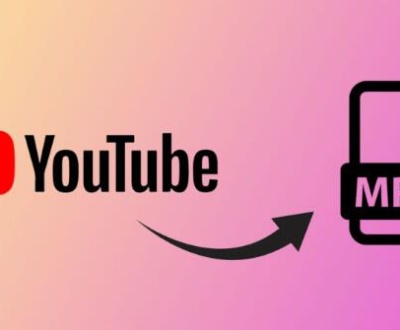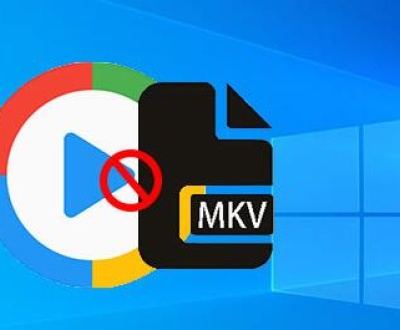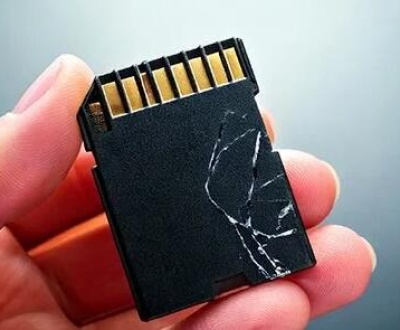A Wii U USB drive is typically formatted with a specific file system compatible with the Wii U gaming console. While the Wii U system can read and write to this drive without issues, it may be problematic when attempting to access the same drive from a PC.
1. Wii U USB Drive Format
The Wii U USB drive is usually formatted in the FAT32 file system, which is commonly used for external storage devices. However, the Wii U may apply some proprietary formatting to the drive for its exclusive use. This can lead to compatibility issues when the drive is connected to a PC. If you need to access the data stored on the Wii U USB drive, understanding the file system format and its limitations is crucial.

Key File System Formats:
FAT32: A widely supported format, but with limitations like a 4GB maximum file size.
NTFS: A more advanced file system, but may not be compatible with the Wii U.
exFAT: Similar to FAT32. but it can handle files larger than 4GB.
2. Common Issues Preventing Access
Several reasons could be behind a PC’s inability to access a Wii U USB drive. These issues include incorrect file system formats, device driver problems, or physical connectivity issues.
2.1. File System Compatibility
If the Wii U USB drive was formatted in a way that the PC does not recognize, it can cause access issues. The Wii U may have used a proprietary format that isn’t supported by Windows or other operating systems.
2.2. Driver and Software Problems
Outdated or missing drivers may prevent the PC from recognizing the USB device properly. The system might not detect the USB drive or show it as an unformatted or unknown drive.
2.3. Hardware Failures
A malfunctioning USB port, cable, or the USB drive itself can lead to connectivity issues. These problems could result in the device being recognized incorrectly or not at all by the PC.
3. Troubleshooting Steps
The following steps outline how to troubleshoot and resolve common issues when a PC cannot access a Wii U USB drive.
Step 1: Check the Physical Connection
Start by ensuring the USB drive is securely connected to the PC. Try using a different USB port or a different USB cable to rule out hardware-related issues. If possible, test the drive on another computer to see if the problem persists.
Step 2: Verify the File System
One of the first things to check is the file system format of the Wii U USB drive. Windows can only read certain file formats, and if the drive is formatted in a non-standard format, it may not be accessible.
Open Disk Management:
Right-click on the Start button and select “Disk Management.”
Look for the connected USB drive and check its file system. If it shows as unallocated or in a non-recognized format, the issue could lie there.
Format the Drive (if necessary):
If the file system is not compatible with your PC, you might need to reformat the drive. This will erase all data, so ensure that important data is backed up.
Right-click on the drive and select “Format,” then choose a file system like FAT32 or NTFS, depending on your needs.
Step 3: Update or Reinstall Device Drivers
Outdated or corrupted drivers can prevent your PC from recognizing the USB drive. To fix this:
Open Device Manager by right-clicking the Start button and selecting “Device Manager.”
Expand the “Universal Serial Bus Controllers” section and look for the USB device.
Right-click on the device and select “Update driver.”
Follow the prompts to update the driver. If the issue persists, try uninstalling and reinstalling the device.
Step 4: Run the Windows Troubleshooter
Windows includes a built-in troubleshooter that can help detect and fix common USB device issues.
Open Settings and go to “Update & Security.”
Select “Troubleshoot” from the left menu.
Click “Additional troubleshooters,” then select “Hardware and Devices.”
Run the troubleshooter and follow any recommendations provided.
Step 5: Test the USB Drive on Another Computer
To rule out issues specific to your PC, try connecting the Wii U USB drive to a different computer. If the drive is accessible on another machine, the issue is likely with your PC’s USB ports or drivers.
4. Alternative Solutions
If your PC still cannot access the Wii U USB drive, consider the following alternatives:
4.1. Use a Data Recovery Tool
If the drive is not being recognized, a data recovery tool might help recover files from the drive. Programs like Recuva, EaseUS, and Panda Data Recovery can scan the drive for recoverable data, even if it is not accessible via standard methods.
4.2. Connect the Drive to a Wii U Console
If the goal is to retrieve data from the drive, consider connecting it back to the Wii U console. From there, you can either transfer the data to another USB drive or explore any options for backup or exporting the data to a PC-compatible format.
5. Prevention Tips
To avoid future access issues with a Wii U USB drive, consider these preventive measures:
Backup Data Regularly: Always keep a backup of important data to avoid data loss if the drive becomes inaccessible.
Format the Drive for Compatibility: If you frequently need to access the Wii U USB drive on both a PC and the Wii U, consider formatting the drive in a compatible file system like FAT32. ensuring maximum compatibility.
Use Proper Eject Procedures: Always safely eject the USB drive from the PC or Wii U to avoid file corruption or data loss.
A PC not being able to access a Wii U USB drive can be caused by several factors, including file system compatibility issues, outdated drivers, or hardware failures. By following the troubleshooting steps outlined in this guide, you can diagnose and resolve the issue, ensuring that you can access the data on the USB drive without further problems. Whether you need to reformat the drive, update drivers, or use data recovery software, the solution is within reach.
About us and this blog
Panda Assistant is built on the latest data recovery algorithms, ensuring that no file is too damaged, too lost, or too corrupted to be recovered.
Request a free quote
We believe that data recovery shouldn’t be a daunting task. That’s why we’ve designed Panda Assistant to be as easy to use as it is powerful. With a few clicks, you can initiate a scan, preview recoverable files, and restore your data all within a matter of minutes.
Subscribe to our newsletter!
More from our blog
See all postsRecent Posts
- How to search folder in file explorer 2025-05-09
- How to search for duplicates in file explorer 2025-05-09
- Finder search not finding files 2025-05-09

 Try lt Free
Try lt Free Recovery success rate of up to
Recovery success rate of up to









